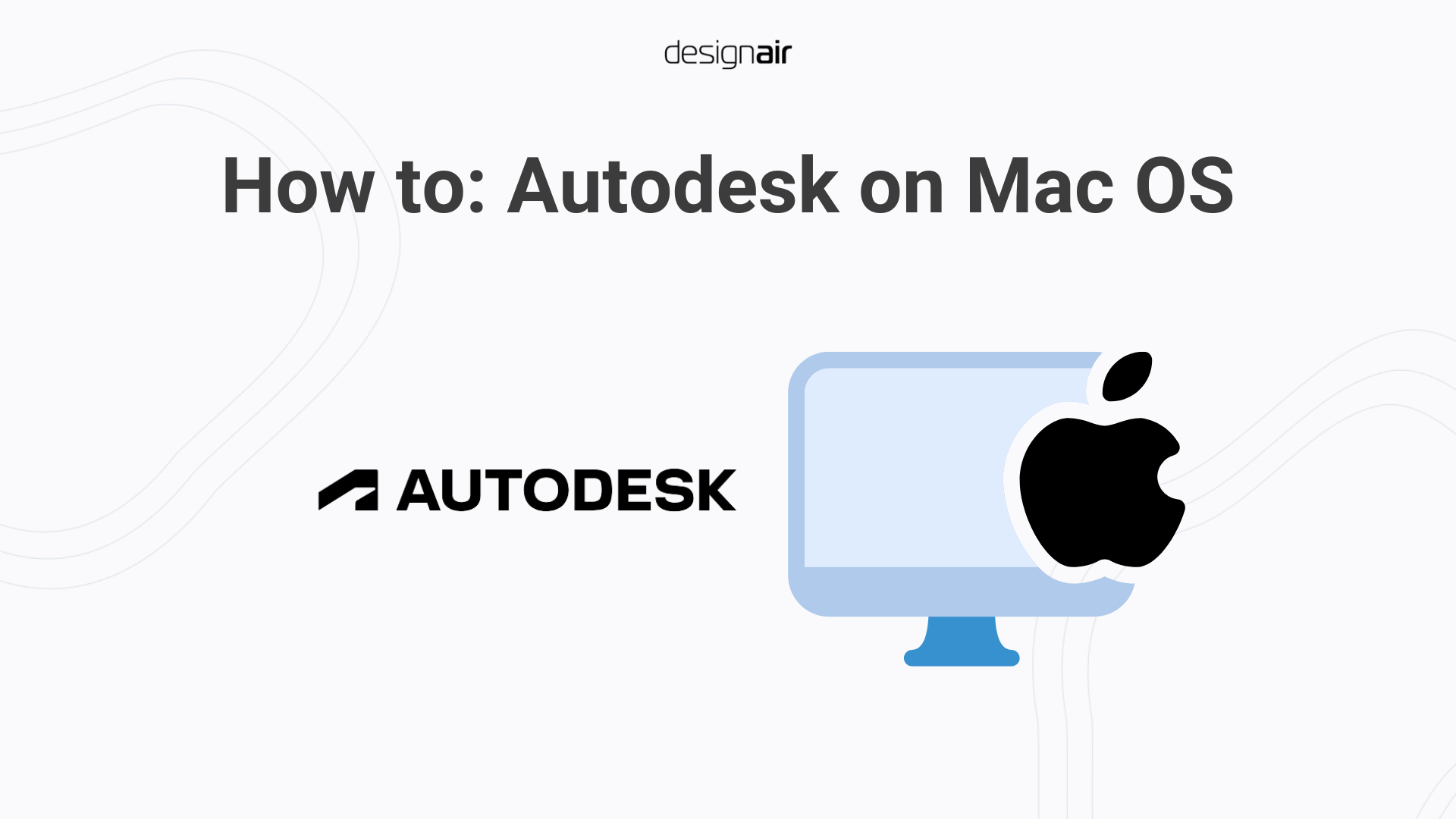Azure Virtual Desktop for CAD: What Engineering Teams Need to Know
Ready to move CAD to the cloud? One question from IT can set you back a year: "Why not just use Azure Virtual Desktop (AVD)?" Here's why AVD fails—and exactly what to say to prevent AVD derailing your cloud migration.













.png)




.png)



